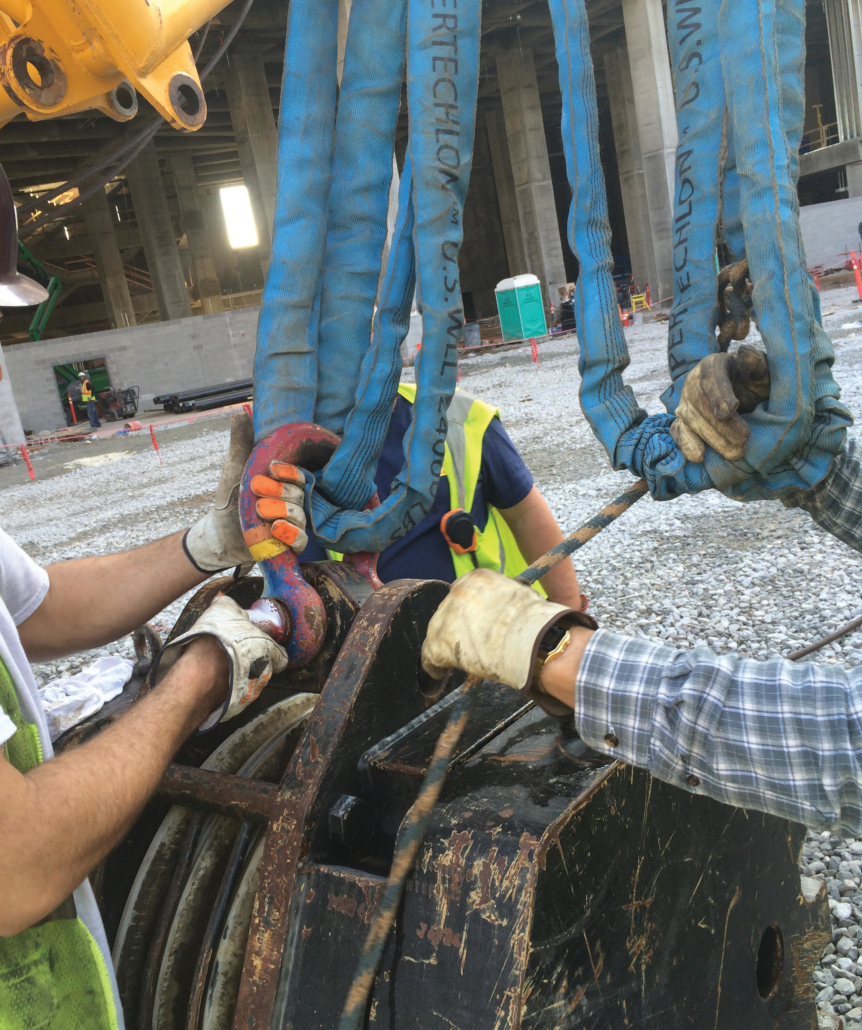Reducing Poverty and Recruiting Qualified Labor for Your Next Project

Workforce development is crucial to the construction industry, believes Debbie Dickinson. Not only does the industry need to recruit, it must move workers up in skill level and job expertise, through training and credentialing. Recently named Chair of Workforce Development for the Southern Construction Owners & Associates Roundtable (SCOAR), the CEO of CIS shares best practices for developing a labor force through the Workforce Investment Opportunity Act (WIOA).
CIS has been approved by WIOA in 14 counties in Georgia to offer training and NCCER credentialing to at risk populations. Dickinson sees this as an opportunity for her organization to not only help their clients to recruit the skilled labor they need right now, but to equip the unemployed or under-employed with the knowledge and skills they need to go to work right away in a craft trade. She shares her experience and tips with employers and trainers in other parts of the country.
To gain WIOA funding to provide skills programing qualified organizations, such as CIS, have to be approved by a board of subject-matter experts for the types of training they will deliver. The intensive program is a minimum of four weeks, says Dickinson. “Five days a week, it’s all-day, hands-on training and classroom instruction, producing people who are knowledgeable, have been tested and have proven hands-on skills,” she explains.
CIS is relaunching its pilot WIOA program in February, and expanding its instruction schedule to meet the immediate workforce needs in Georgia and beyond, she says. “We partner with Okos in California to offer similar efforts on the west coast.” Offering an NCCER curriculum, CIS recently recruited a new electrical instructor for its program. “We look for subject areas to match the people with the employer’s needs utilizing curriculum that already exists through NCCER.”
And if a particular NCCER credential is too broad for a client’s specific project, Dickinson says training can be customized to meet the needs of the employer.
Federally- and state-funded WIOA programs have a goal of getting more people out of poverty by qualifying them to work in construction. “There is a surprising number of people who work at a poverty level because they don’t have trade skills,” says Dickinson. “We need people with skills in our industry, so the effort on both sides is a perfect match.”
